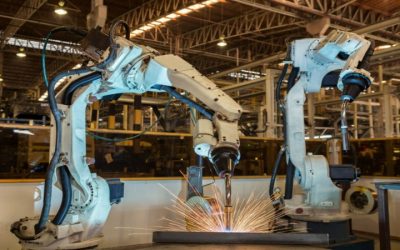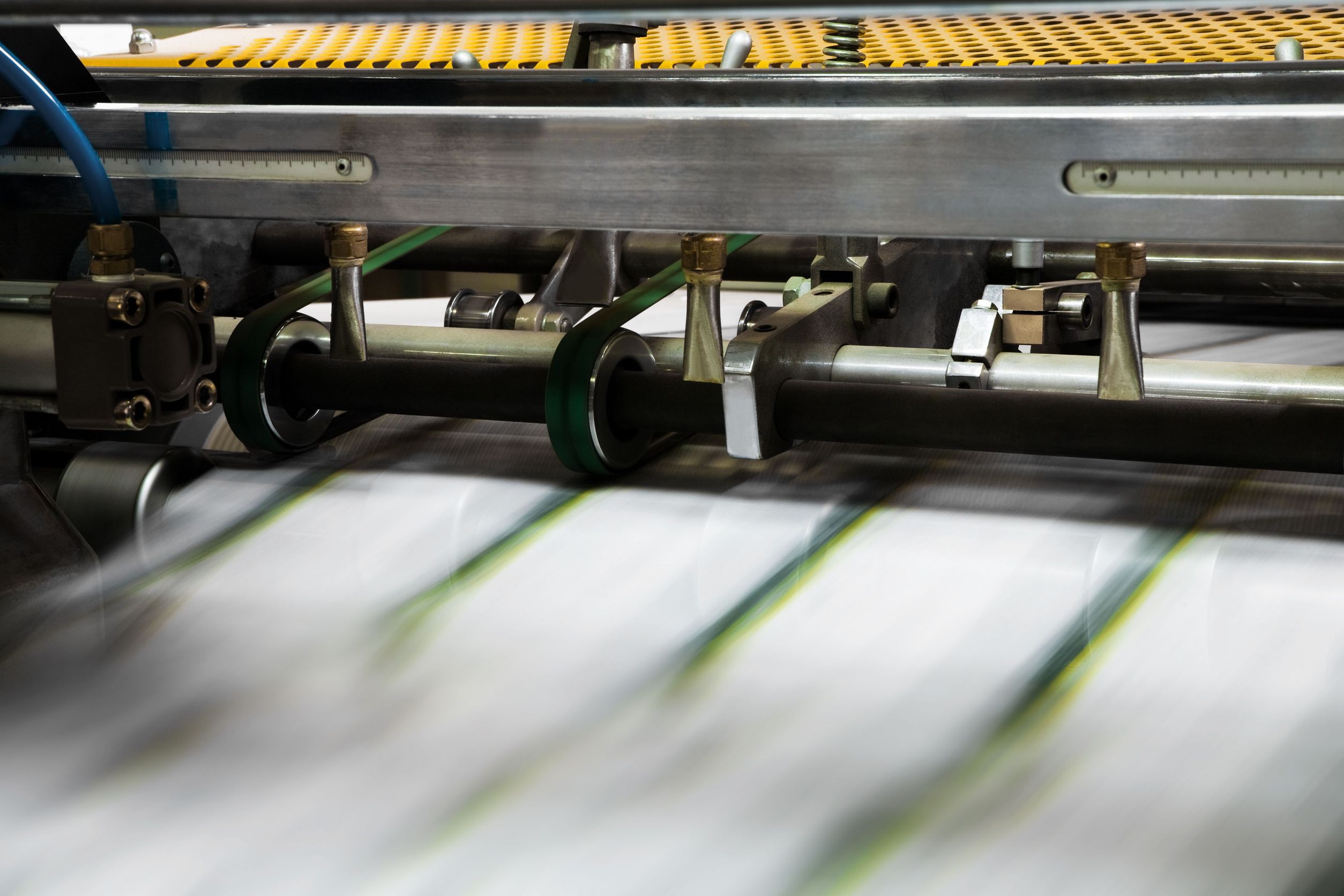In laboratories that handle hazardous materials, keeping the workspace clean and making sure employees are safe are crucial. To do this, a specialized ventilation system that shields lab workers from dangerous particles, vapors, and fumes is one of the most important tools. For these systems to function, polluted air must be drawn away from the user, filtered, and then released back into the environment.
How a Filtered Fume Hood Works
For safety, a ventilation system that reduces exposure to poisonous or hazardous compounds in laboratory settings is crucial. This system uses sophisticated filters to clean the air before it is circulated back into the room, in contrast to conventional exhaust systems that release air outdoors. These filters aid in the removal of a variety of potentially dangerous materials, such as gases that might endanger lab workers and vapors from chemicals like acids and solvents. The filtering process’s main benefit is its capacity to lessen the amount of hazardous pollutants released into the environment while also shielding employees from exposure to harmful substances.
Advantages of Using a Filtered Fume Hood
Using a filtered fume hood in industrial and laboratory environments has several important benefits. First of all, it offers defense against airborne pollutants and particles, making the workplace safer. The existence of these protective devices can be advantageous for laboratories that handle volatile compounds or carry out procedures like mixing chemicals, conducting research, or sterilizing items. Another significant advantage of these ventilation systems is their efficacy. They are more energy-efficient than conventional exhaust systems because they do not require the expensive and energy-intensive process of venting air to the outside. Complex air-handling systems and external ducting are not necessary because the cleaned air is recirculated through built-in filters. As a result, installing these systems in a variety of laboratory settings—from big pharmaceutical production plants to smaller academic research institutions—becomes simpler and more economical. Any controlled environment must have a well-maintained ventilation system to ensure that labs meet legal requirements for waste management, air quality, and chemical safety.
Maintenance and Care of Filtered Fume Hoods
Proper maintenance of a filtered fume hood is critical to ensuring its ongoing functionality and effectiveness. Depending on the volume of use and the manufacturer’s recommendations, filters should be changed frequently. This ensures the continuous cleansing of the air and prevents blockage. Maintaining the system’s cleanliness and upkeep also ensures peak performance and increases the equipment’s lifespan. To make sure the fume hoods are operating as intended, laboratories should have a regular inspection and maintenance program in place. To ensure that the filtration system is functioning at its best and that there are no leaks or faults that could endanger worker safety, this may entail expert testing and service.


